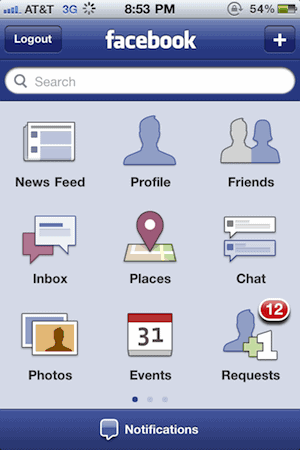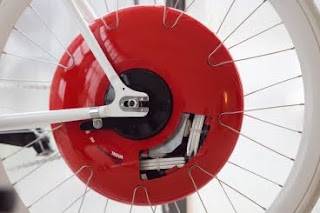
There is a certain honor within the Jeep community: thumbs up to fellow drivers, the unspoken appreciation of every passing Liberty or Grand Cherokee, and the understanding by all that if one is a Jeep owner, he or she is by no means limited to traditional traveling. For every Jeep driver, there are also several Twitter accounts, one or two iPhones, and a countless amount of appreciation for social media.
Bring them together (as aspiring copywriter
Clay Summers has done in this spec project) and you get a new spin on a traditional Jeep campaign, one that integrates Foursquare technology to bring recognition, a sense of community, and tangible rewards.
Foursquare, of course, allows users to "check in" to locations they frequent. Those who follow them on Twitter will receive updates such as "so-and-so is at Starbucks at 5th avenue," and once that so-and-so checks into that Starbucks enough times, they are presented with gifts and honor: either with gift cards, titles such as "mayor of Starbucks at 5th avenue," or both.
To run with the idea that drivers of their vehicles will be passing through uncharted territory that is not especially host to coffee shop check-in points, Jeep established its own set of locations using GPS navigation and physical landmarks that can be photographed with smartphones and sent directly to the app. Once a driver has passed through enough of these checkpoints, the Jeep Twitter account announces their dedication for all to see, and rewards them further with a free tank of gas for further rugged exploration.
This does not digitize or take away from the "real life" adventurous experience that a true Jeep owner allegedly seeks; it merely supplements it by providing the opportunity to Tweet on the road and receive a payoff for it. Jeep augments the image put forth by their campaign, Foursquare and Twitter are invited once again to the social media party, this time one hosted by the sort of clientele previously untapped to an extent, and Jeep owners get to tell the world just how spontaneous and off-road they are, all the while being reaping the gas-tank benefits.
[Contributed by Alina Yudkevich]
 With all the ways that people can express their opinions through comments, post articles bashing other articles, and tell the world their preferences, the only escape from other people’s opinions has been reading a book. No longer.
With all the ways that people can express their opinions through comments, post articles bashing other articles, and tell the world their preferences, the only escape from other people’s opinions has been reading a book. No longer.

















